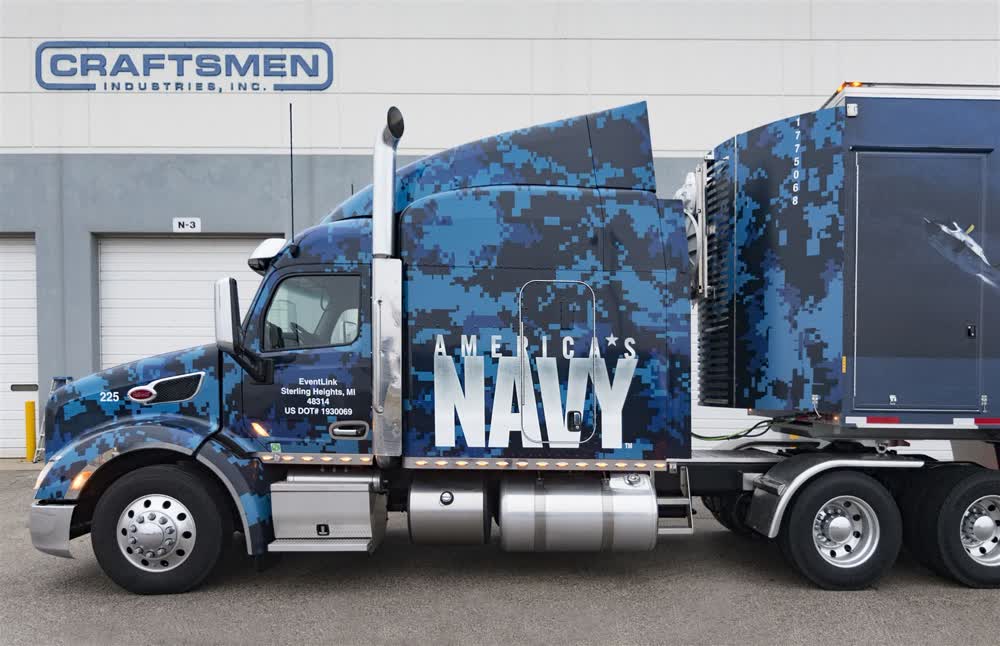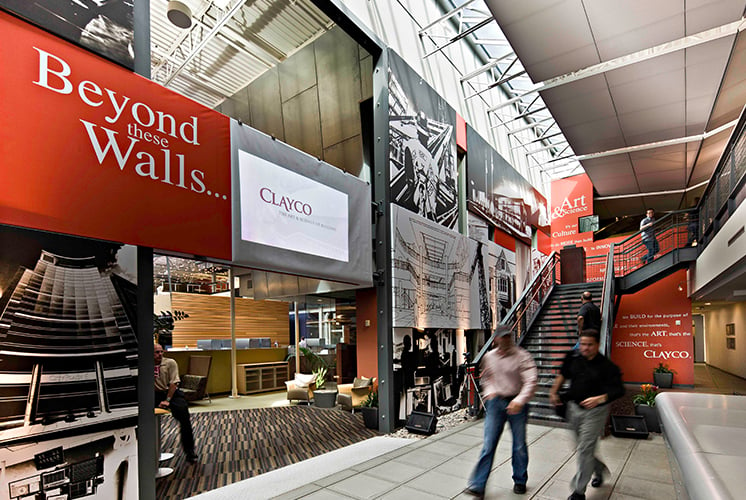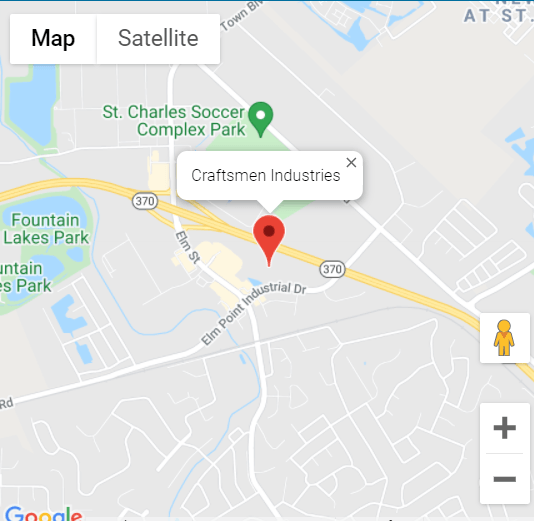GRAPHICS >
Architectural Signage | Custom Fabricated Sign Systems
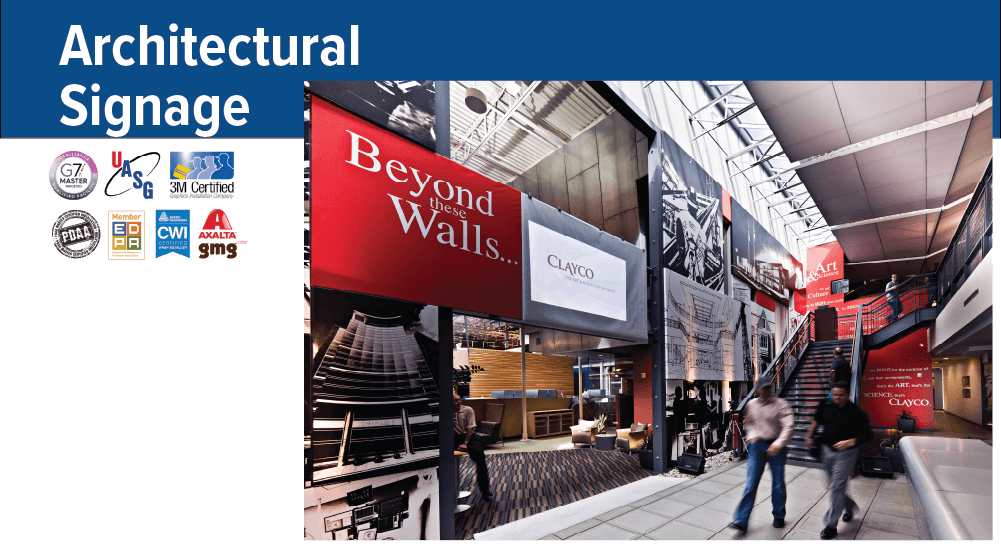
Architectural signage does more than guide people. It creates a strong first impression, enhances navigation, and communicates your brand’s identity with clarity and style. The global market for architectural signage reached USD 376.18M in 2023 and is expected to grow to USD 559.04M by 2032, reflecting its vital role in shaping customer experiences and brand perception.
At Craftsmen Industries, we specialize in designing and fabricating custom architectural signage systems that elevate your space and strengthen your brand presence. From illuminated logos to wayfinding solutions, our team transforms ordinary environments into visually striking, professionally branded spaces that leave a lasting impression.

Contact us to find out how Craftsmen
can turn your branding dream into a reality
or Call Today 800.373.3575
Full-Service In-House Graphics Department
Full-Service In-House Graphics Department

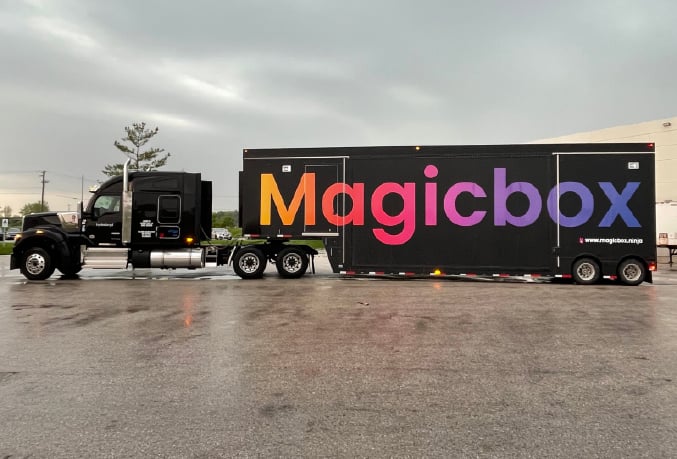
"If you want to build the impossible, Craftsmen has the tools and talent. They are more like a Venture partner than a builder."
Founder & CEO
Magicbox
Magicbox
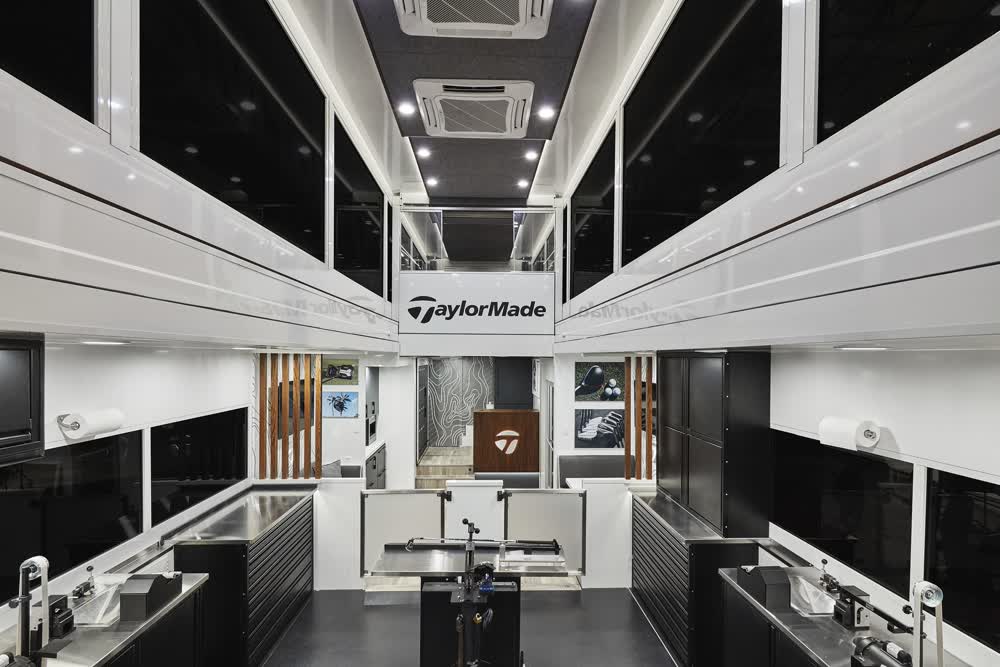
"Craftsmen, hands down, had the best ideas, best drawings. They were as passionate about the project as I was. I don't know why anyone would go anywhere else."
PGA Tour Technician
TaylorMade
TaylorMade
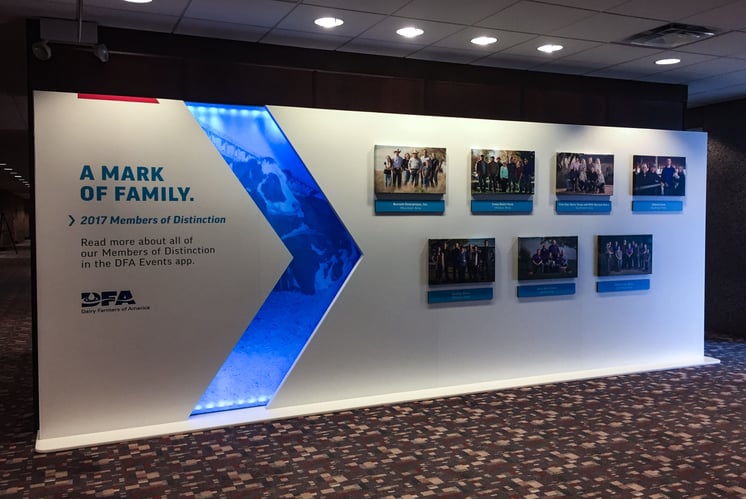
"High caliber work, great crew of talented workers who come up with creative solutions and are easy to work with, overall great partners."
Creative Director
Dairy Farmers of America
Dairy Farmers of America
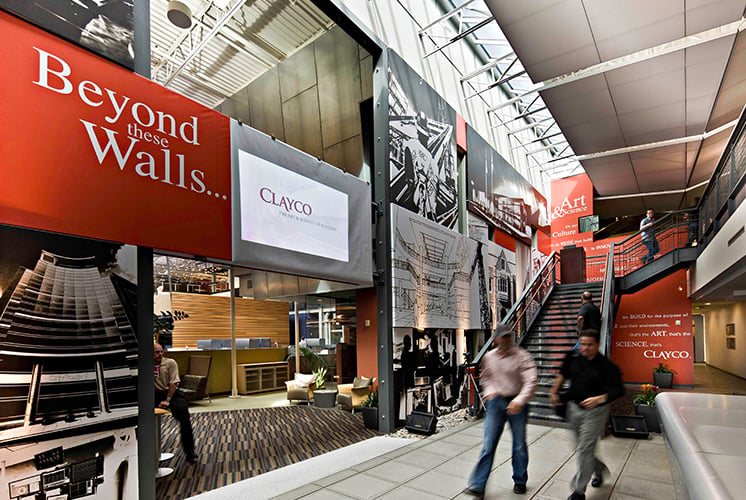
"The team at Craftsmen is top notch and they always get the job done no matter the deadline. I consider them an extension of our team - a true partner!"
Executive Director
Clayco
Clayco















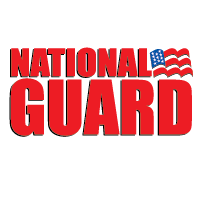


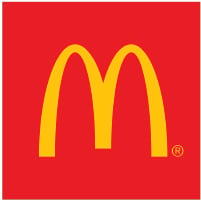

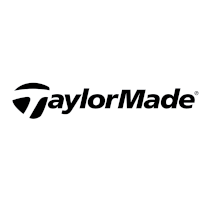




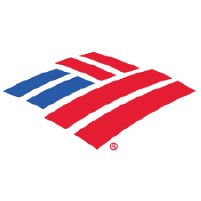














Why Choose Craftsmen Industries for Custom Architectural Signage Solutions
Selecting the right partner for architectural signage is crucial to ensure your building communicates clearly, represents your brand, and meets all design and safety standards. At Craftsmen Industries, we combine expert fabrication, innovative design, and comprehensive project management to deliver signage solutions that are visually impactful, durable, and fully compliant.
Our team works closely with clients from concept to installation, ensuring every detail reinforces your brand identity and enhances visitor experience.
Expertise in Custom Fabrication
We specialize in fully tailored sign systems, from dimensional letters and plaques to illuminated wayfinding and directory systems. Every piece is engineered to withstand environmental factors, maintain readability, and enhance the architectural aesthetics of your space. Our in-house fabrication ensures precision, quality control, and consistency throughout the production process.
Design Innovation with Functional Precision
Our designers blend creative visuals with practical considerations, ensuring that signs are not only eye-catching but also legible, intuitive, and contextually appropriate. Whether for interior navigation or exterior identification, every design is crafted to complement the building’s architecture while providing an intuitive user experience.
Premium Materials and Finishes
We use high-quality metals, acrylics, glass, and composite materials combined with durable finishes such as powder coating, laminates, UV-resistant inks, and anodized surfaces. This ensures longevity, minimal maintenance, and visual consistency in high-traffic or exposed environments.
Regulatory Compliance and Safety Assurance
All signage is developed to meet ADA accessibility standards, local fire and building codes, and other regulatory requirements. Craftsmen Industries guarantees safe, accessible, and compliant solutions, giving clients peace of mind while enhancing the user experience.
End-to-End Project Management
From initial site assessments and design mockups to fabrication, installation, and post-installation support, our project managers handle every detail. This ensures projects are delivered on time, within budget, and with consistent quality across all phases of execution.
Proven Success Across Industries
Our portfolio spans corporate offices, educational campuses, healthcare facilities, hospitality, retail, and institutional spaces. This breadth demonstrates our ability to understand different architectural needs and deliver custom signage solutions that elevate both functionality and brand presence.
Commitment to Client Satisfaction
Craftsmen Industries prioritizes collaboration, transparency, and communication throughout the project. We work closely with clients to incorporate feedback, refine designs, and ensure that the final installation meets expectations, enhances spaces, and reinforces brand identity.
Key Features That Make Our Architectural Signage Stand Out
Craftsmen Industries’ architectural signage solutions are designed to blend aesthetics, functionality, and durability, ensuring your brand is visible, consistent, and memorable across all spaces. Every feature is engineered to enhance navigation, reinforce brand identity, and provide a long-lasting impression.
Fully Custom Fabrication for Unique Spaces
We design and produce bespoke sign systems tailored to your facility, including dimensional letters, plaques, directories, wayfinding signage, and illuminated logos. Each piece is crafted to fit the architecture, scale, and branding needs of your space.
High-Quality, Durable Materials
Our signage utilizes premium metals, acrylics, glass, and composite panels, paired with UV-protected inks, powder coatings, and laminates. This ensures resilience against wear, fading, and environmental factors, keeping your signage pristine for years.
Illuminated and Non-Illuminated Options
From LED backlit lettering and halo lighting to non-illuminated plaques, we provide lighting solutions that enhance visibility, emphasize branding, and create dramatic visual impact for both interior and exterior environments.
Compliance with Safety and Accessibility Standards
All signage meets ADA, OSHA, and local building codes, ensuring safe, accessible, and legally compliant solutions that protect both visitors and employees while maintaining aesthetic quality.
Seamless Architectural Integration
Our signs are designed to complement walls, glass partitions, ceilings, and building facades. We ensure every element aligns with the architectural style, creating cohesive and visually appealing environments.
Maintenance-Friendly and Long-Lasting
We engineer signs with scratch-resistant, UV-blocked, and easy-to-clean surfaces, reducing maintenance requirements while ensuring long-term performance and vibrancy, even in high-traffic areas.
Sustainable and Eco-Friendly Practices
Craftsmen Industries integrates low-VOC adhesives, recyclable substrates, and energy-efficient fabrication to provide environmentally responsible signage solutions that support sustainability goals without compromising quality or design.
Tailored Customization Options for Architectural Signage Solutions
At Craftsmen Industries, we understand that every building and brand has unique requirements. Our customization options allow you to design signage that not only guides and informs but also reinforces your identity and complements your architecture. Every detail, from materials to illumination, is tailored to your project’s functional, aesthetic, and regulatory needs.
Material Selection for Longevity and Aesthetics
We provide a wide variety of materials including metals, acrylics, glass, high-density composites, and eco-friendly substrates. Each material is carefully chosen based on durability, visual impact, environmental exposure, and maintenance requirements to ensure your signage looks great for years.
Premium Finishes and Textures
Craftsmen Industries offers powder coating, brushed metals, laminates, anodized finishes, textured surfaces, and UV-protected inks. These finishes are designed to resist wear, fading, and environmental damage, providing both visual elegance and long-term performance.
Dimensional & 3D Lettering Options
Elevate your brand with raised letters, layered dimensional logos, and sculptural signage. Dimensional signage enhances visibility, adds depth, and creates a professional, high-end appearance that draws attention in both interior and exterior applications.
Illuminated Signage Solutions
We provide LED backlit letters, halo-lit logos, internally illuminated panels, and customizable light configurations. These solutions increase visibility, create impactful branding moments, and enhance aesthetics during both day and night.
Modular & Scalable Signage Systems
Our signage is designed to be modular, allowing for future updates, expansions, or seasonal adjustments. This ensures that your investment remains flexible, cost-effective, and future-ready.
Custom Wayfinding & Directory Systems
From floor directories to complex wayfinding systems, we provide custom layouts and user-friendly navigation that improve visitor experience and enhance operational efficiency. Every system is tailored to your building’s layout, accessibility standards, and branding requirements.
Complete Brand Integration
We ensure your signage fully reflects your corporate identity, including logos, colors, typography, and messaging. This creates a consistent visual language across all touchpoints, reinforcing brand recognition and leaving a lasting impression on visitors.
Our Proven Architectural Signage Process: From Concept to Seamless Installation
Our approach ensures that every project is executed with precision, compliance, and aesthetic excellence. Craftsmen Industries manages every step of the process to deliver signage that is visually striking, durable, and aligned with your brand vision.
Step 1: Consultation and Site Assessment
We begin with an in-depth consultation and site evaluation to understand your building’s architecture, lighting, traffic flow, and brand objectives. This helps us plan signage placement for maximum visibility and impact.
Step 2: Design Concept and Visualization
Our design team develops 3D renderings, digital mockups, and layout simulations, allowing you to preview scale, aesthetics, and placement before production begins.
Step 3: Material Selection and Engineering Validation
We choose materials that balance durability, appearance, and compliance. Every design undergoes engineering reviews to confirm structural integrity and installation feasibility.
Step 4: Precision Fabrication and Quality Craftsmanship
Using advanced CNC machinery, laser cutting, and digital printing, we fabricate each element to exact specifications, ensuring a flawless finish and long-lasting performance.
Step 5: Installation and Safety Compliance
Certified installers manage secure mounting and alignment while following OSHA and local safety standards. Every installation is completed efficiently with minimal disruption to your space.
Step 6: Quality Assurance and Ongoing Support
Before completion, each sign passes a multi-stage inspection for accuracy, color, and finish. We also provide maintenance guidance and optional upgrades to keep your signage performing beautifully over time.
Regulations and Safety Measures for Custom Architectural Sign Systems
Craftsmen Industries ensures every architectural signage project meets the highest standards of safety, accessibility, and regulatory compliance. We combine industry expertise, quality materials, and professional installation to deliver signage that is durable, legally compliant, and safe for all users.
We adhere to industry best practices and local regulations to ensure every sign is safe, accessible, and built to last, providing peace of mind for both visitors and facility managers.
- ADA Compliance: Ensuring all signage is accessible for individuals with disabilities, including tactile lettering, braille, and proper mounting heights.
- Fire and Building Codes: Materials and installation methods meet local fire, structural, and building regulations to ensure safety in all environments.
- Material Safety: Use of low-VOC adhesives, fire-rated panels, and non-toxic coatings to maintain indoor air quality and meet environmental standards.
- Lighting & Electrical Compliance: We design all illuminated signage to meet energy efficiency and safety standards while reducing operational costs. Our systems use optimized lighting power and automatic dimming to maintain visibility, comply with local electrical codes, and deliver long-term energy savings without compromising brightness or design impact.
- Durability & Load Testing: Structural elements are engineered and tested to withstand environmental conditions, ensuring long-term safety and stability.
- Professional Installation: Certified installers follow OSHA guidelines and site-specific safety protocols, minimizing risk during installation.
Industries That Benefit from Custom Architectural Signage
Architectural signage enhances navigation, safety, and brand visibility across diverse sectors. Craftsmen Industries provides tailored solutions for every industry, ensuring functionality, aesthetic appeal, and compliance.
Craftsmen Industries provides tailored signage solutions for a wide range of sectors, ensuring every space is functional, visually appealing, and fully compliant with industry standards.
- Corporate Offices & Headquarters: Reinforce brand identity, provide clear navigation, and enhance professional environments.
- Educational Campuses: Improve student, staff, and visitor navigation while showcasing institutional branding.
- Healthcare Facilities: Reduce stress and improve wayfinding with compliant, calming signage solutions.
- Hospitality & Real Estate: Create memorable guest experiences with lobby, reception, and directional signage.
- Retail & Commercial Spaces: Highlight products, direct foot traffic, and reinforce brand messaging.
- Manufacturing & Industrial Facilities: Enhance safety, workflow, and instructional communication through clear, durable signage.
- Government & Public Spaces: Meet accessibility standards while guiding public visitors efficiently.
No matter the sector, Craftsmen Industries delivers custom architectural signage that improves user experience, strengthens brand presence, and meets all safety and regulatory standards.
Frequently Asked Questions
What is architectural signage and why is it important?
Architectural signage refers to custom-designed signs integrated with building architecture, including wayfinding, directories, and branded elements. It improves navigation, reinforces brand identity, and enhances user experience across commercial, corporate, and institutional spaces.
What materials are used for architectural signage?
We use high-quality metals, acrylics, glass, composites, and eco-friendly substrates. These materials are durable, visually appealing, and customizable to meet both aesthetic and functional requirements.
Are your signs compliant with ADA and building codes?
Yes. All our signage is ADA-compliant, meets local building codes, and adheres to safety standards, ensuring accessibility, legal compliance, and safe usage in all environments.
Can architectural signage be illuminated?
Absolutely. We offer LED backlit, halo-lit, and internally illuminated options, providing enhanced visibility, aesthetic impact, and brand emphasis for both day and night environments.
How long does it take to design, fabricate, and install architectural signage?
Project timelines vary depending on scope, complexity, and site conditions. Typically, design and fabrication take 3–6 weeks, followed by professional installation that ensures precision and compliance.
Upgrade Your Space with Custom Architectural Signage
Elevate your building’s brand presence, navigation, and visual appeal with Craftsmen Industries’ custom architectural signage. From design and fabrication to professional installation, we deliver durable, compliant, and visually striking solutions tailored to your space.
Whether you need wayfinding systems, dimensional letters, illuminated logos, or directories, we create signage that reflects your brand and enhances visitor experience.
Let’s turn your workspace into a story that inspires. Contact our experts today to start your custom office branding project.
Request a Quote
Contact Information
3101 Elm Point Industrial Drive
St. Charles, MO 63301
1.800.373.3575
Contact Us




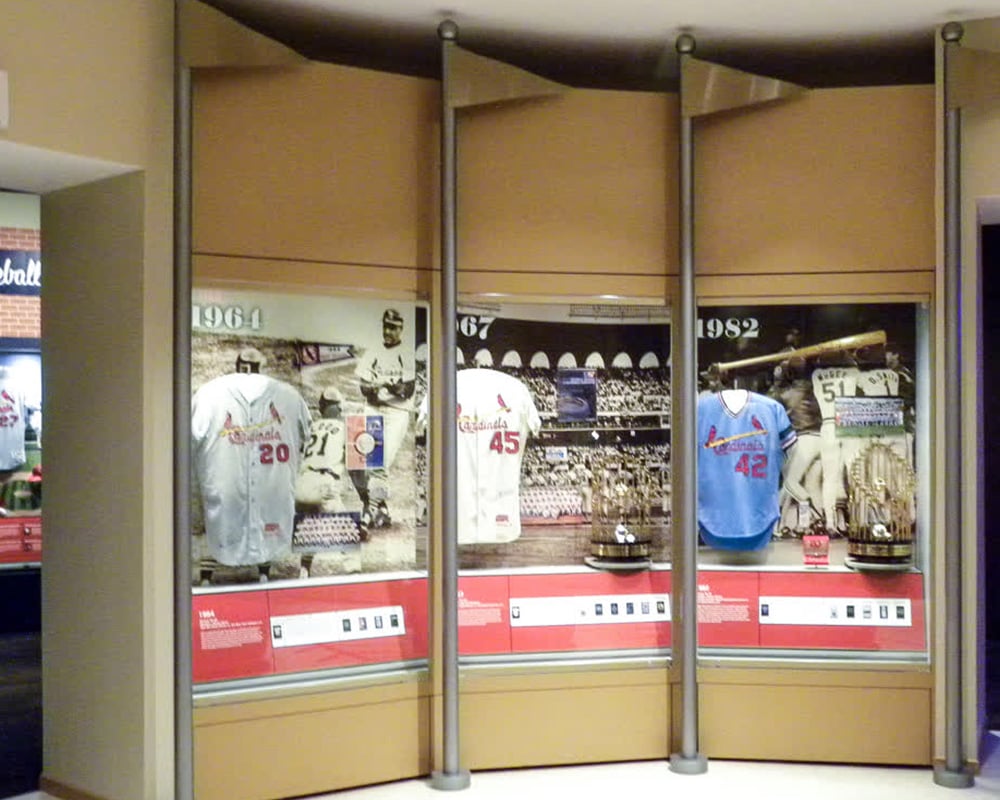
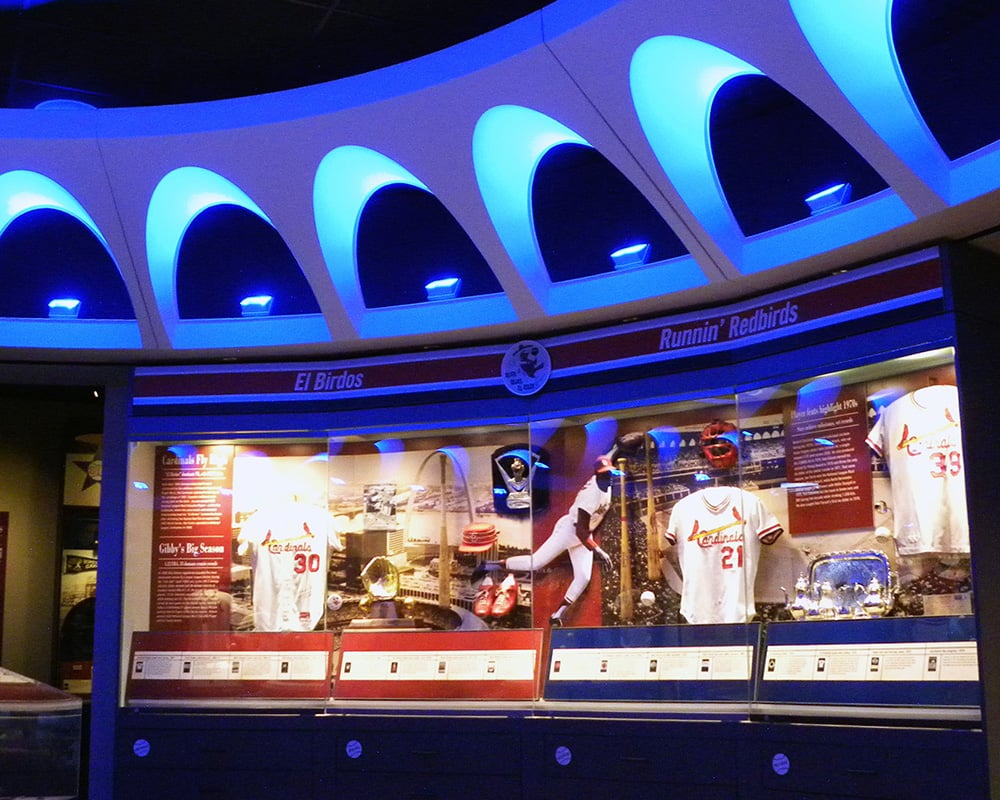









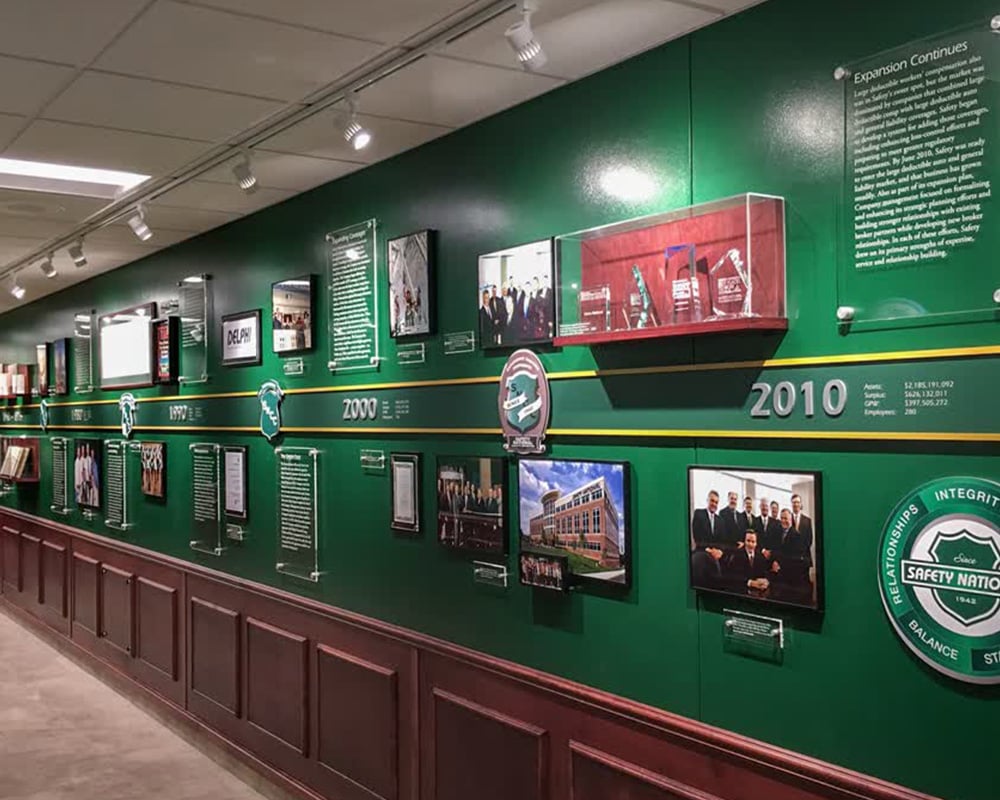

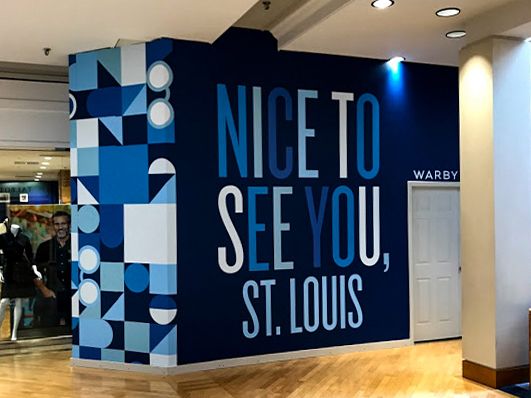
%202.jpg)

